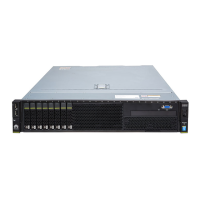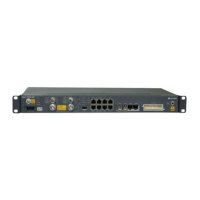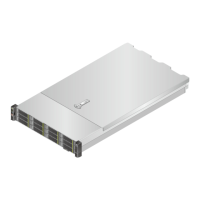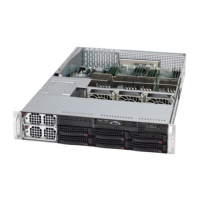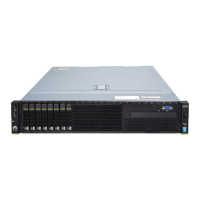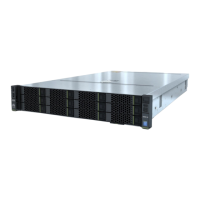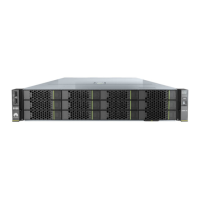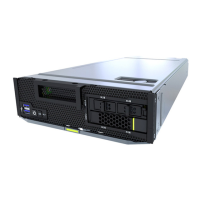Fault
Symptom
Handling Procedure Quick Recovery Method
The server
repeatedl
y powers
on and
then
powers
o.
● If yes, no further action is
required.
● If no, go to 4.
4. Retain only the minimum
server conguration (a
single CPU, a single
mainboard, and a single
DIMM). Then check whether
the fault is
rectied.
● If yes, no further action is
required.
● If no, go to 5.
5. Check whether the CPUs,
mainboard, and memory
modules are faulty, and
replace the faulty
components.
1. Enable the video recording
function on the iMana 200 or
iBMC WebUI.
2. Set the printing level for
debugging the BIOS with the
iMana 200 or iBMC CLI, restart
the server, and save system
serial port logs. When the fault
is repeated, collect iMana 200
or iBMC logs and download
the .bin
le of the BIOS.
NOTE
You can run the ipmcset -t
maintenance -d biosprint -v 1
command to print all BIOS logs.
For details, see "Querying and
Setting BIOS Print Enablement
Status (biosprint)" in the iBMC
User Guide of the required
version.
3. Restore the default BIOS
settings, and check whether
the server operates properly.
● If yes, modify the BIOS
parameters in the OS side
based on actual
requirements.
● If no, collect iMana 200 or
iBMC logs, download
the .bin
le of the BIOS. For
details, see the iBMC User
Guide of the corresponding
version.
NOTE
For an E9000 server, you are advised
to use the MM910 for one-click log
collection.
Huawei Servers
Troubleshooting 5 Diagnosing and Rectifying Faults
Issue 20 (2020-09-25) Copyright © Huawei Technologies Co., Ltd. 89

